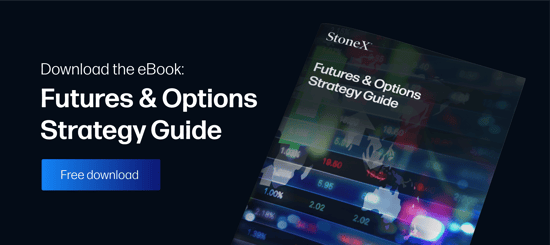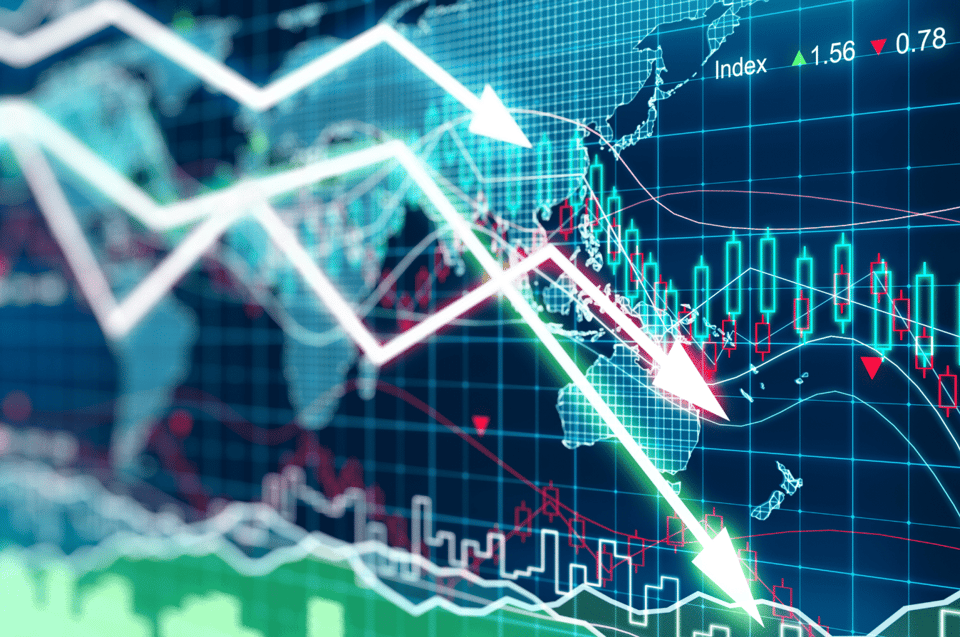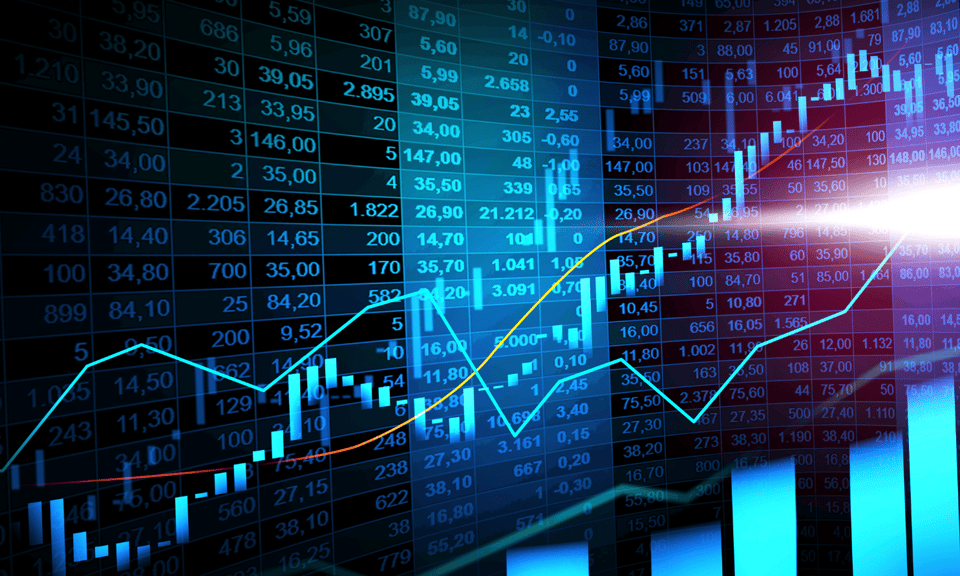Since being introduced to Western traders and investors in Steve Nison’s 1991 book Japanese Candlestick Charting Techniques, candlestick trading has grown exponentially in popularity. Everyone from seasonal analysts to novice market participants are using candlesticks as a technical tool for trading in the futures, equities, and forex markets.
Although both the appearance and language surrounding candlesticks may be intimidating at first, given a bit of effort, you’ll be able to grasp the conceptual framework. By gaining an understanding of the bare essentials, including construction and pattern recognition, almost anyone can harness the power of the candle.
What Is a Candlestick and What Does It Do?
Developed in 18th century Japan, candlestick charting techniques were designed to track the pricing fluctuations of commodities, primarily rice. Over the years, they have been applied to every market and product under the sun. From corn to currencies, traders around the globe use candlesticks on a daily basis.
Candlestick charts illustrate pricing data in all denominations, most commonly in terms of tick or time increments. In the same vein as a traditional open-high-low-close (OHLC) price bar, each candle includes the open, high, low, and close price points relative to a defined period.
What makes the candle more involved than an OHLC bar is the manner in which the pricing data is presented. Through creating a visual illustration of a given period’s price action, candlesticks provide the trader with a unique view of the relationship between periodic extremes and the value area of a trading range.
Each candle has three distinct parts:
- Body: The body is the area between the periodic opening price and closing price. If the close is above the open, the candle is considered bullish. If the open is above the close, the candle is bearish. Bullish candles are typically left empty or colored green. Bearish candles are filled in or colored red. (Color schemes are customizable, depending on software charting platform functionality.)
- Upper wick: The upper wick is a single vertical line connecting the extreme high periodic value to the top of the body
- Lower wick: The lower wick is a single vertical line connecting the extreme low periodic value to the bottom of the body.
After gaining a basic understanding of the candle’s anatomy, you’re ready to begin scanning for the chart patterns involved in candlestick trading.
Basic Chart Patterns of Candlestick Trading
When it comes to candlesticks, “visual” is the name of the game. A number of the monikers given to candlestick chart patterns are derived from physical appearance. For example, the hammer, hanging man, and spinning top allude to the visual component of each formation.
Candlestick chart patterns come in many shapes and sizes. They vary from single to multi-candle composition and may be interpreted in any manner of ways. Ultimately, two facets of market behavior aim to be identified by each arrangement:
- The direction of future price action
- Trend exhaustion and market reversal points
A literal catalog of formations are used in candlestick trading to place evolving price action into context. Here are several of the most commonly referenced formations:
- Doji: The doji is a single candle pattern, where the body is small or nonexistent. The opening/closing values are similar or the same, indicating trader indecision and market compression.
- Bullish engulfing pattern: Bullish engulfing patterns are two candle formations. The body of the second candle is bullish and encloses that of the first, signaling trend exhaustion. A bearish engulfing pattern serves as the inverse, forming when the second candle of the series is bearish.
- Evening star: The evening star is a three candle formation occurring at the top of an uptrend, indicating reversal. The progression begins with a large bullish candle, is followed by a small bullish/bearish candle, concluding with a large bearish candle. The small bullish/bearish candle forms immediately after a gap up in price and immediately before a gap down resumes price action. The morning star is the corresponding opposite pattern.
It’s important to remember that candlestick patterns are not infallible. As with all technical or fundamental indicators, success depends upon evolving market conditions and price action itself.
Getting Started
Candlestick trading is a popular approach among active traders and investors alike. Many market participants swear by the accuracy of candlestick chart patterns and the power of the entire technical approach.



